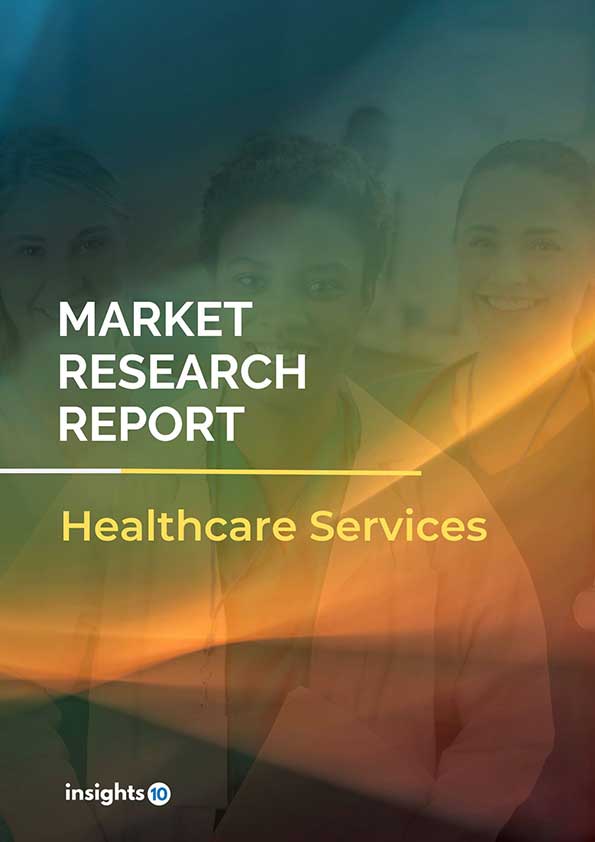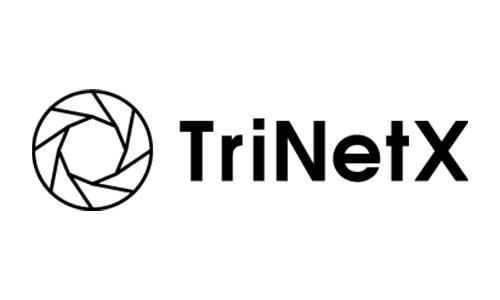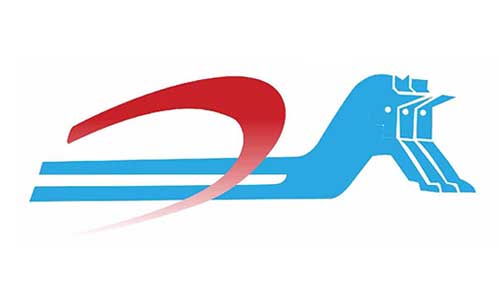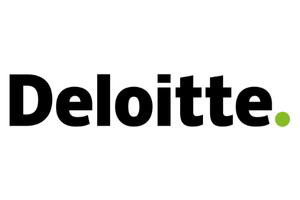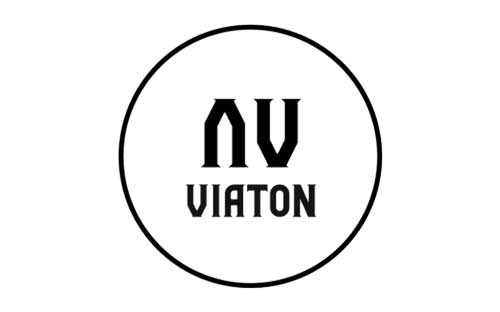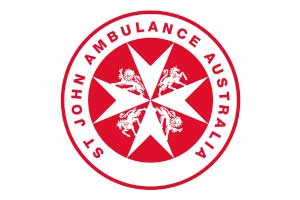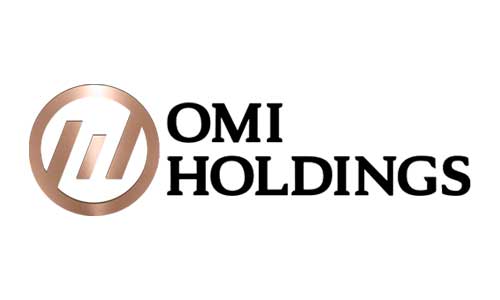Philippines Lung Cancer Therapeutics Market Analysis
By 2030, it is anticipated that the Philippines Lung Cancer Therapeutics Market will reach a value of $127 Mn from $66 Mn in 2022, growing at a CAGR of 8.6% during 2022-2030. The Lung Cancer Therapeutics Market in the Philippines is dominated by a few domestic pharmaceutical companies such as United Laboratories, Pfizer Philippines, and Roche Philippines. The Lung Cancer Therapeutics Market in the Philippines is segmented into different types of cancer and different therapy type. Some of the major factors affecting the Philippines lung cancer therapeutics market are the prevalence of unhealthy lifestyles, demand for targeted therapies and the presence of highly efficient drugs.
Buy Now

Philippines Lung Cancer Therapeutics Analysis Summary
By 2030, it is anticipated that the Philippines Lung Cancer Therapeutics market will reach a value of $127 Mn from $66 Mn in 2022, growing at a CAGR of 8.6% during 2022-2030.
Cancer is the second leading cause of mortality in the Philippines, a lower-middle-income country (LMIC) in Southeast Asia with a population of more than 110 Mn people. Lung cancer is the leading cause of cancer-related death in the United States. Through PhilHealth, the national health insurance programme, the Philippine healthcare system covers certain lung cancer therapies. Chemotherapy, radiation therapy, and surgery are the most often used treatments for lung cancer in the Philippines.
According to the latest WHO data published in 2020 Lung Cancers Deaths in the Philippines reached 10,296 or 1.53% of total deaths. The age-adjusted Death Rate is 13.46 per 100,000 population ranks the Philippines 85th in the world. The Philippines' government spends 5.1% of its GDP on healthcare.

Market Dynamics
Market Growth Drivers
Of the world's 1.3 Bn people who smoke, 80% come from LMICs such as the Philippines. Almost one-quarter of Filipinos aged 15 and older use tobacco, putting millions in danger of developing lung cancer. The yearly average air quality index in the Philippines exceeds the WHO-recommended safe limit by 120 %; this background should drive medical centres and government health organisations to be cautious when adopting screening protocols from countries with varying degrees of pollution. Evidence suggests that high levels of indoor air pollution in some Philippine environments contribute to disease epidemiology. The National Integrated Cancer Control Act (NICCA) Act, enacted into law in February 2019, intends to increase cancer control efforts, promote cancer survivorship, and minimise the burden on cancer patients. The Business Process Outsourcing (BPO) business in the Philippines is flourishing. These aspects could boost Philippine's Lung Cancer Therapeutics market.
Market Restraints
Despite the burden of disease caused by lung cancer and the prevalence of risk factors such as smoking, the Philippines currently lacks context-specific national screening guidelines and nationwide screening programmes. The Philippines has significant income inequality and underemployment, which fosters expatriation. These factors may deter new entrants into the Philippines Lung Cancer Therapeutics market.
Competitive Landscape
Key Players
- United Laboratories: United Laboratories (UNILAB) is a leading Filipino pharmaceutical company that produces and distributes a range of medicines, including those used in the treatment of lung cancer
- Pfizer Philippines: Pfizer Philippines is a subsidiary of Pfizer Inc., one of the world's largest pharmaceutical companies. Pfizer Philippines produces and distributes a range of medicines, including those used in the treatment of lung cancer
- Roche Philippines, Inc.: Roche Philippines is a subsidiary of Roche Holding AG, a global pharmaceutical company. Roche Philippines produces and distributes a range of medicines, including those used in the treatment of lung cancer
- TGP Pharma Inc.: TGP Pharma is a Filipino pharmaceutical company that produces and distributes a range of medicines, including those used in the treatment of lung cancer
- Sandoz Philippines Corporation: Sandoz Philippines is a subsidiary of Sandoz International, a global pharmaceutical company
Healthcare Policies and Reimbursement Scenarios
The regulation and reimbursement of lung cancer therapeutics in the Philippines are overseen by several entities, including the Philippine Food and Drug Administration (FDA) and the Philippine Health Insurance Corporation (PhilHealth). The Philippine Government signed Republic Act 11223 or the Universal Health Care (UHC) Law in 2019, allowing all Filipinos, including Overseas Filipino Workers (OFWs), access to healthcare services under the Government’s health insurance program (PhilHealth). The UHC aims to cover at least 50% of medical expenses to encourage Filipinos to visit speciality doctors and undergo advanced medical procedures for lung cancers.
1. Executive Summary
1.1 Disease Overview
1.2 Global Scenario
1.3 Country Overview
1.4 Healthcare Scenario in Country
1.5 Patient Journey
1.6 Health Insurance Coverage in Country
1.7 Active Pharmaceutical Ingredient (API)
1.8 Recent Developments in the Country
2. Market Size and Forecasting
2.1 Epidemiology of Disease
2.2 Market Size (With Excel & Methodology)
2.3 Market Segmentation (Check all Segments in Segmentation Section)
3. Market Dynamics
3.1 Market Drivers
3.2 Market Restraints
4. Competitive Landscape
4.1 Major Market Share
4.2 Key Company Profile (Check all Companies in the Summary Section)
4.2.1 Company
4.2.1.1 Overview
4.2.1.2 Product Applications and Services
4.2.1.3 Recent Developments
4.2.1.4 Partnerships Ecosystem
4.2.1.5 Financials (Based on Availability)
5. Reimbursement Scenario
5.1 Reimbursement Regulation
5.2 Reimbursement Process for Diagnosis
5.3 Reimbursement Process for Treatment
6. Methodology and Scope
Lung Cancer Therapeutics Segmentation
By Type (Revenue, USD Billion):
- Small Cell Lung Cancer
- Non-small Cell Lung Cancer
- Lung Carcinoid Tumor
By Therapy (Revenue, USD Billion):
- Radiation Therapy
- Targeted Therapy
- Immunotherapy
- Chemotherapy
- Others
By Type of Molecule (Revenue, USD Billion):
- Small Molecules
- Biologics
By Drug Class (Revenue, USD Billion):
- Alkylating Agents
- Antimetabolites
- Multikinase Inhibitors
- Mitotic Inhibitors
- EGFR Inhibitors
- Others
By Distribution Channel (Revenue, USD Billion):
- Hospital Pharmacies
- Retail Pharmacies
- Online Pharmacies
Methodology for Database Creation
Our database offers a comprehensive list of healthcare centers, meticulously curated to provide detailed information on a wide range of specialties and services. It includes top-tier hospitals, clinics, and diagnostic facilities across 30 countries and 24 specialties, ensuring users can find the healthcare services they need.
Additionally, we provide a comprehensive list of Key Opinion Leaders (KOLs) based on your requirements. Our curated list captures various crucial aspects of the KOLs, offering more than just general information. Whether you're looking to boost brand awareness, drive engagement, or launch a new product, our extensive list of KOLs ensures you have the right experts by your side. Covering 30 countries and 36 specialties, our database guarantees access to the best KOLs in the healthcare industry, supporting strategic decisions and enhancing your initiatives.
How Do We Get It?
Our database is created and maintained through a combination of secondary and primary research methodologies.
1. Secondary Research
With many years of experience in the healthcare field, we have our own rich proprietary data from various past projects. This historical data serves as the foundation for our database. Our continuous process of gathering data involves:
- Analyzing historical proprietary data collected from multiple projects.
- Regularly updating our existing data sets with new findings and trends.
- Ensuring data consistency and accuracy through rigorous validation processes.
With extensive experience in the field, we have developed a proprietary GenAI-based technology that is uniquely tailored to our organization. This advanced technology enables us to scan a wide array of relevant information sources across the internet. Our data-gathering process includes:
- Searching through academic conferences, published research, citations, and social media platforms
- Collecting and compiling diverse data to build a comprehensive and detailed database
- Continuously updating our database with new information to ensure its relevance and accuracy
2. Primary Research
To complement and validate our secondary data, we engage in primary research through local tie-ups and partnerships. This process involves:
- Collaborating with local healthcare providers, hospitals, and clinics to gather real-time data.
- Conducting surveys, interviews, and field studies to collect fresh data directly from the source.
- Continuously refreshing our database to ensure that the information remains current and reliable.
- Validating secondary data through cross-referencing with primary data to ensure accuracy and relevance.
Combining Secondary and Primary Research
By integrating both secondary and primary research methodologies, we ensure that our database is comprehensive, accurate, and up-to-date. The combined process involves:
- Merging historical data from secondary research with real-time data from primary research.
- Conducting thorough data validation and cleansing to remove inconsistencies and errors.
- Organizing data into a structured format that is easily accessible and usable for various applications.
- Continuously monitoring and updating the database to reflect the latest developments and trends in the healthcare field.
Through this meticulous process, we create a final database tailored to each region and domain within the healthcare industry. This approach ensures that our clients receive reliable and relevant data, empowering them to make informed decisions and drive innovation in their respective fields.
To request a free sample copy of this report, please complete the form below.
We value your inquiry and offer free customization with every report to fulfil your exact research needs.


